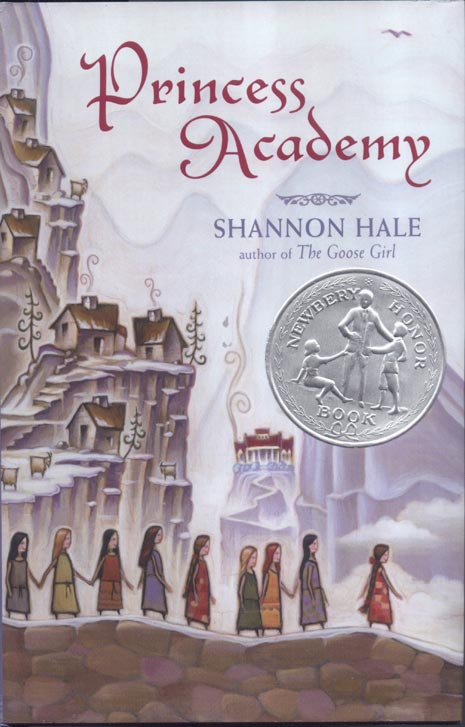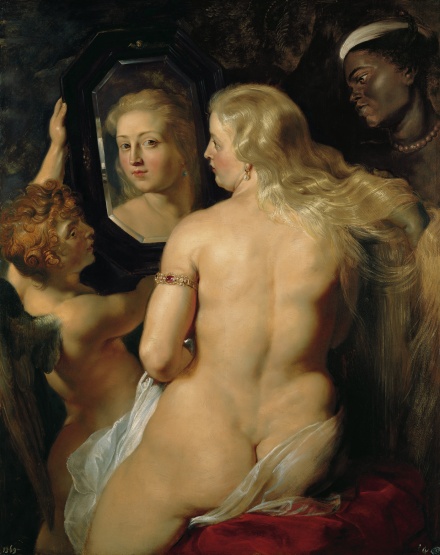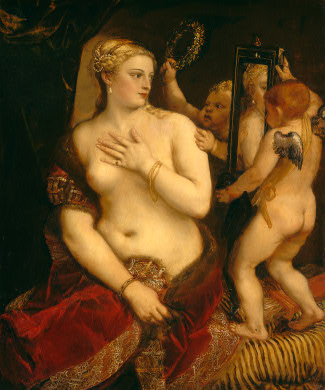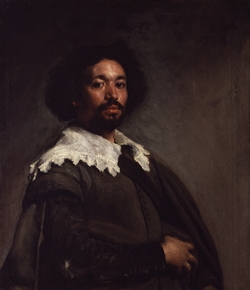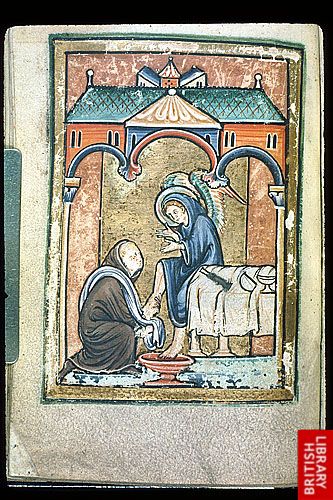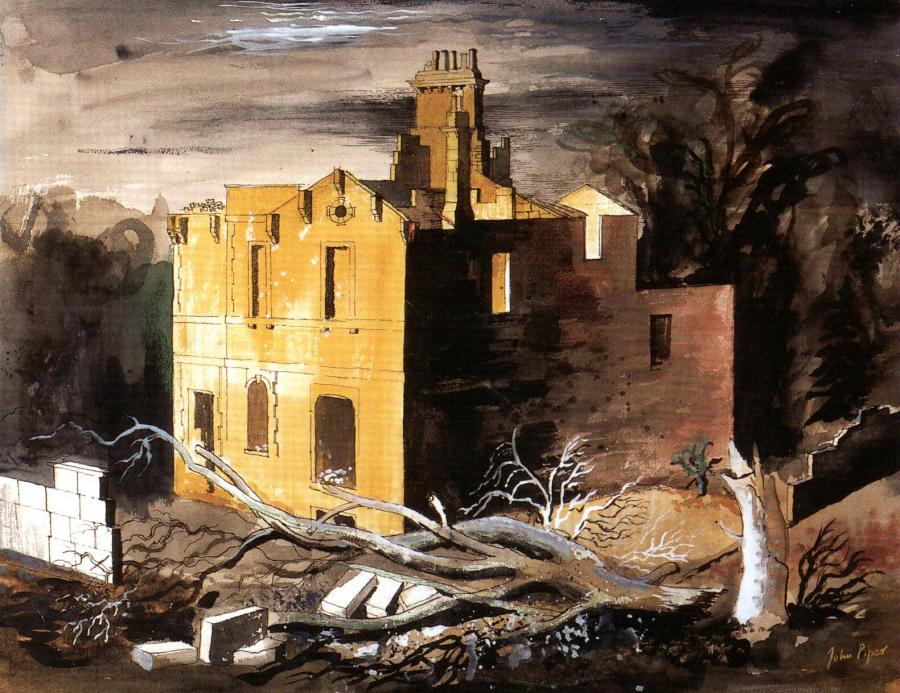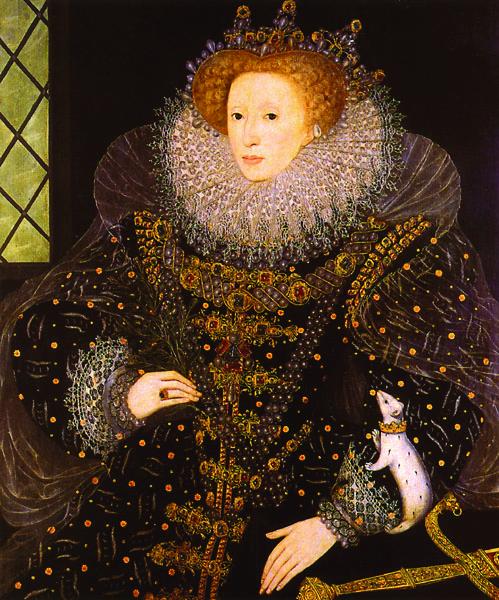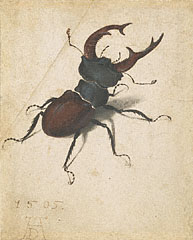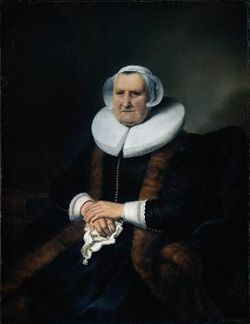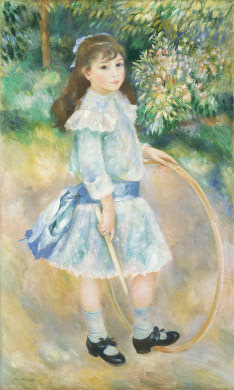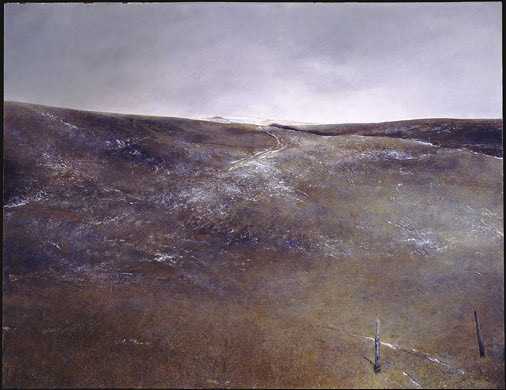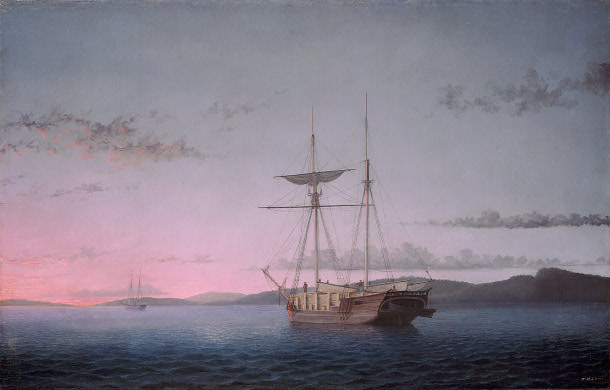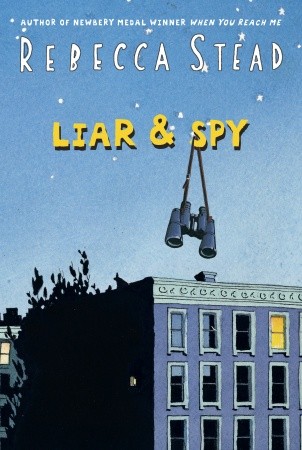 Georges, the liar (or is he the spy?) of Rebecca Stead's Liar & Spy (Wendy Lamb, 2012), is named after the French artist Georges Seurat ("Here's a piece of advice you will probably never use: If you want to name your son after Georges Seurat, you could call him George, without the S. Just to make his life easier"). The first thing Georges's dad does when his family has to sell their house in Brooklyn and move to an apartment a couple of blocks away (still in Brooklyn; this is a very Brooklyn sort of book, actually) is hang a poster of Seurat's A Sunday on the Grand Jatte on the wall above the couch in the living room. Here's Georges's description of it:
Georges, the liar (or is he the spy?) of Rebecca Stead's Liar & Spy (Wendy Lamb, 2012), is named after the French artist Georges Seurat ("Here's a piece of advice you will probably never use: If you want to name your son after Georges Seurat, you could call him George, without the S. Just to make his life easier"). The first thing Georges's dad does when his family has to sell their house in Brooklyn and move to an apartment a couple of blocks away (still in Brooklyn; this is a very Brooklyn sort of book, actually) is hang a poster of Seurat's A Sunday on the Grand Jatte on the wall above the couch in the living room. Here's Georges's description of it:
Two summers ago we went to Chicago, where the real painting takes up one entire wall of the Art Institute. What you can't tell from the poster is that the picture is painted entirely with dots. Tiny little dots. Close up, they just look like blobs of paint. But if you stand back, you see that they make this whole nice park scene, with people walking around in old-fashioned clothes. There's even a monkey on a leash. Mom says that our Seurat poster reminds her to look at the big picture. Like when it hurts to think about selling the house, she tells herself how that bad feeling is just one dot in the giant Seurat painting of our lives. (11)
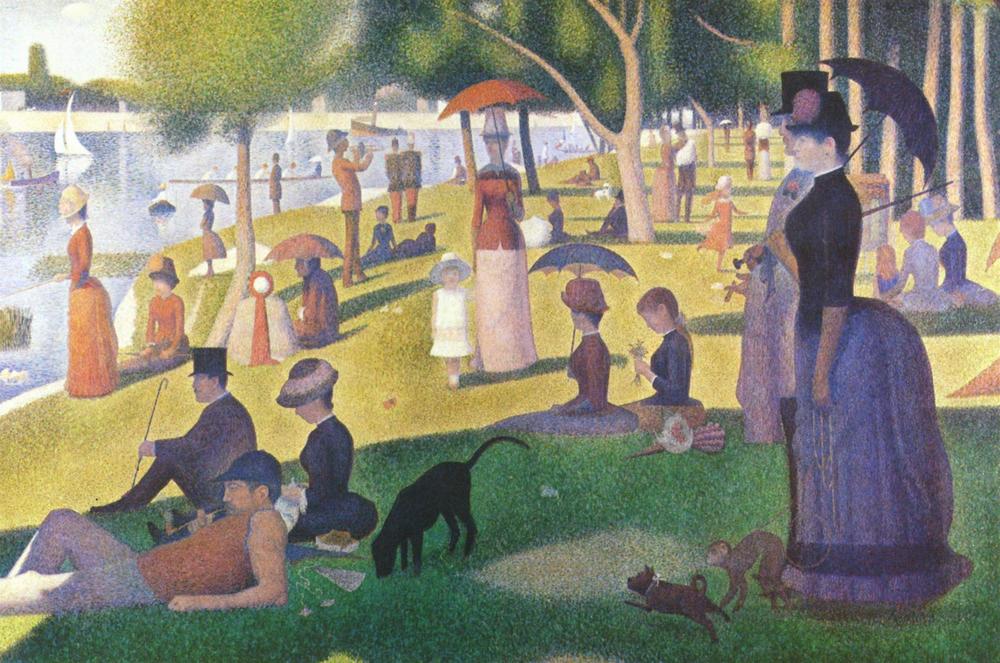
His mom's pointillism analogy informs Georges's (and his dad's) attitude towards the bad feelings--brought on by the move, his mom's absence, bullying at school--that come up in the first half of Liar and Spy, but eventually (on page 90 of 180--the exact midpoint the book) Georges comes to a realization of his own:
And then I think of all those thousands of dots Seurat used to paint the picture. I think about how if you stand back from the painting, you can see the people, the green grass and that cute monkey on a leash, but if you get closer, the monkey kind of dissolves right in front of your eyes, Like Mom says, life is a million different dots making one gigantic picture. And maybe the big picture is nice, maybe it's amazing, but if you're standing with your face pressed up against a bunch of black dots, it's really hard to tell. (90)
These two passages mirror each other: standing back, getting closer. In the second half of the book, Stead continues to explore the tension between the big picture and the dots or details, between what we see and what we think we see and what is really there; and the Seurat painting serves as a reference point for Georges and for the reader, as well as a source of inspiration in the final scenes (although Seurat didn't use a blue Sharpie). It's a masterful piece of work, for all that it's so understated. I'm still not sure I loved it, certainly not as much as Stead's Newbery Award-winning When You Reach Me (Wendy Lamb, 2009), but the more I read and think about it, the richer it reveals itself it be.
